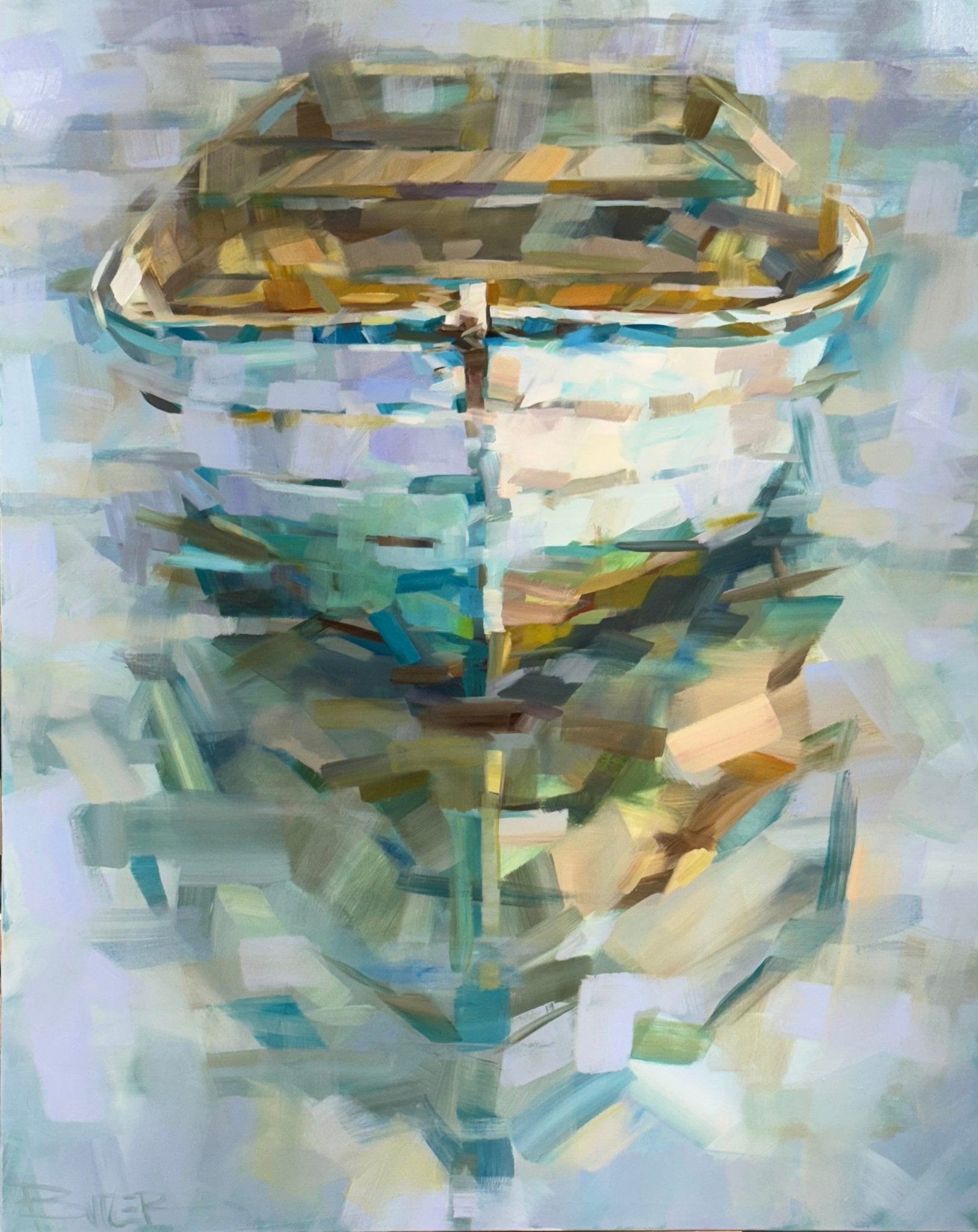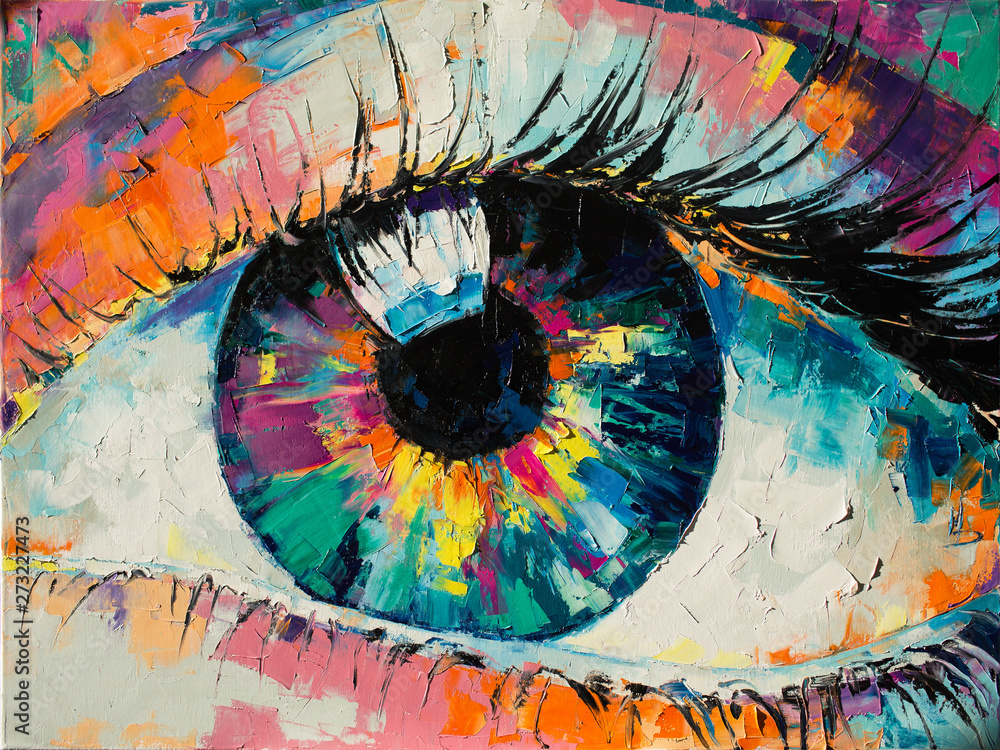Discovering All Regarding Oil Paintings: A Guide to Recognizing Their Elegance and Worth
Oil paintings have astounded audiences for centuries, offering a glimpse right into the imaginative proficiency of different ages. Their rich history is intertwined with ingenious techniques and profound emotional expression. Comprehending the products and techniques behind these artworks can enhance appreciation. In addition, the marketplace for oil paintings presents possibilities for investors and enthusiasts alike. As one explores this fascinating globe, the concern occurs: what makes an oil paint absolutely useful?
The History of Oil Paint: A Journey Via Time
Oil painting has roots that date back to old times, it truly grew during the Renaissance, when artists found its versatility and abundant color possibility. Early instances can be traced to the 7th century, with strategies developing especially across societies. The medium ended up being prominent in Northern Europe in the 15th century, especially through the jobs of musicians like Jan van Eyck, who spearheaded its usage for comprehensive realistic look and dynamic tones. This period marked a separation from tempera paints, enabling better depth and texture. As oil paint spread, it affected numerous musicians, leading to masterpieces by prominent figures such as Leonardo da Vinci and Rembrandt. The medium's tradition proceeds, shaping the art world well into modern times.
Comprehending Oil Repaints: Materials and Techniques
As artists explore the world of oil paints, they come across a varied array of products and methods that define this medium. The primary elements of oil paint consist of pigments, which give color, and drying oils, such as linseed, that bind the pigments and facilitate application. Various additives can modify the paint's structure and drying time, improving versatility. Techniques like glazing, where transparent layers are constructed up, and impasto, which includes using thick paint, enable different aesthetic results. Furthermore, making use of brushes, palette blades, and also fingers can produce special appearances and coatings. Understanding these materials and techniques allows artists to fully express their creativity and achieve the wanted effect in their artwork.
The Role of Color in Oil Paints
Shade plays a crucial duty in oil paintings, affecting both aesthetic charm and psychological vibration. Understanding shade theory essentials, including the relationships between shades, can enhance a musician's capability to convey state of mind and atmosphere. In addition, grasping color blending techniques enables for higher deepness and splendor in a painting's scheme.

Color Theory Fundamentals
Comprehending color theory is important for musicians dealing with oil paints, as it creates the structure for producing aesthetically appealing and harmonious compositions. Shade theory encompasses the study of just how shades engage, the color wheel, and the relationships in between main, additional, and tertiary colors. Musicians use corresponding shades to enhance contrasts and create focal factors, while comparable colors advertise unity and cohesiveness within a piece. Additionally, the principles of warm and awesome colors affect the assumption of depth and space in a paint. Understanding these principles enables artists to adjust shade successfully, directing the viewer's eye and connecting their designated message. Proficiency of color concept eventually improves an artist's capacity to communicate feelings and concepts through their work.
Psychological Impact of Shade
The emotional impact of color in oil paints plays an essential duty in how visitors attach and regard with artwork. Shades stimulate particular sensations and moods, influencing the audience's psychological state. For example, warm hues like reds and oranges can develop a sense of heat and power, while great tones such as blues and greens usually stimulate peace or self-contemplation. Artists tactically select color combinations to enhance narrative aspects, assisting the target market's psychological trip. The saturation and contrast of colors additionally enhance these effects, drawing attention and creating emphasis. Ultimately, the interplay of shades in oil paints not just improves their aesthetic appeal but also acts as an effective tool for emotional expression, enhancing the audience's experience and interpretation.
Shade Combining Techniques
While lots of elements of oil painting add to the overall composition, mastering shade blending methods is necessary for attaining wanted results and deepness. Shade mixing can be approached through various methods, consisting of the additive and subtractive procedures. Additive blending entails incorporating shades of light, while subtractive mixing depends on pigments, where colors mix to develop brand-new shades. Artists frequently utilize a limited palette to develop unified works, comprehending the relationships in between key, additional, and tertiary colors. Strategies such as glazing and scumbling better boost depth and luminosity. By masterfully blending colors, a musician can stimulate emotions, create centerpieces, and accomplish a sense of realism, eventually boosting the painting's emotional and visual influence.
Famous Oil Painters and Their Iconic Functions

Famous for their proficiency of shade and strategy, oil painters have created a few of the most renowned artworks in history. Distinguished musicians like Vincent van Gogh astounded target markets with his stirring brushwork in "Starry Evening," while Claude Monet's "Impact, Sunrise" laid the groundwork for Impressionism. Leonardo da Vinci's "Mona Lisa" stays an enduring symbol of artistic genius, showcasing his skill in capturing human expression. On the other hand, Rembrandt's "The Night Watch" shows his ingenious use of light and darkness. Various other remarkable figures include Pablo Picasso, that reinvented contemporary art with his strong testing in jobs like "Les Demoiselles d'Avignon," and Georgia O'Keeffe, whose vibrant representations of landscapes and blossoms helped define American innovation. Each musician's distinct style added greatly to the oil painting landscape.
Exactly how to Assess the Quality of an Oil Paint
Examining the high quality of an oil painting entails a cautious assessment of craftsmanship strategies, in addition to an analysis of shade and make-up. Observing brushwork, layering, and the application of paint can expose the artist's ability level. In addition, the interplay of colors and the total arrangement of elements add substantially to the paint's visual worth.
Assessing Craftsmanship Methods
A precise assessment of workmanship techniques is essential for establishing the high quality of an oil paint. Evaluators need to first examine the application of paint; thick, distinctive brushstrokes may recommend a knowledgeable hand, while excessively consistent applications can suggest a lack of deepness. oil paintings for sale. The layering method is also vital; the visibility of lusters and differed thickness can boost brightness and complexity. In addition, the high quality of the products utilized, such as the canvas and pigments, plays a significant duty in longevity and general visual. Focus to detail in components like sides and changes between shades shows the musician's commitment to their craft. Ultimately, these methods contribute to the paint's psychological influence and market price, offering as signs of the musician's skill and intent
Assessing Color and Make-up
While assessing the top quality of an oil painting, one need to focus on the interaction of shade and structure, as these elements are basic to the artwork's total effect. Color selections can establish and evoke feelings mood; consequently, the artist's combination should be taken a look at for consistency and contrast. A well-balanced make-up routes the audience's eye and develops a feeling of unity. Artists frequently use methods like the rule of thirds or leading lines to improve aesthetic rate of interest. Additionally, the use of light and darkness can add depth, improving the three-dimensionality of the painting. Eventually, a successful oil painting weds color and structure, engaging the viewer and inviting a deeper appreciation of the musician's vision and strategy.
Taking care of and Preserving Oil Paintings
Appropriate care and conservation of oil paints is crucial for keeping their stability and durability. To safeguard these artworks, it is important to display them far from direct sunshine, which can create fading and staining. Preserving a stable setting with controlled temperature and moisture additional aids in avoiding damages. Cleaning should be done delicately utilizing a soft, dry towel, preventing any harsh chemicals that can damage the paint or varnish. Normal assessments for signs of deterioration, such as flaking or splitting, are recommended. When transferring or saving oil paints, proper extra padding and framing are needed to avoid physical injury. Ultimately, thorough care adds to the aesthetic appeal and worth of oil paintings gradually.
The Market for Oil Paints: Spending and collecting
Comprehending the marketplace dynamics for oil paints is essential for collection agencies and capitalists alike. The worth of these art work is influenced by numerous factors, including the musician's online reputation, historical relevance, and existing trends. Collection agencies commonly look for pieces that reverberate directly while considering prospective admiration in worth. click here Auctions and galleries work as main venues for trading, with costs fluctuating based on demand and rarity. Buying oil paintings needs research into the marketplace, as well as an understanding of credibility and provenance. In addition, emerging musicians might provide possibilities for substantial returns, while developed names can regulate high prices. Generally, a tactical strategy to collecting can produce both visual pleasure and monetary incentives.

Regularly Asked Concerns
What Are the Environmental Influences of Oil Painting Products?
The environmental influences of oil painting products include the launch of unstable natural compounds (VOCs), harmful waste generation, and resource removal for pigments. These elements add to air pollution and environmental destruction, raising problems amongst eco conscious musicians and consumers.
How Do Various Canvases Affect Oil Painting Outcomes?
Various canvases affect oil paint results considerably. Absorbency, surface area, and structure high quality can change paint application, drying times, and color vibrancy. Musicians usually choose certain canvases to achieve preferred effects and boost their imaginative expression.
Can Oil Paintings Be Brought Back if Harmed?
Oil paintings can undoubtedly be recovered if harmed. Professional conservators utilize various strategies to repair tears, tidy surfaces, and address staining, making certain that the artwork keeps its initial appeal and value for future generations.
What Are the Signs of an Initial Oil Painting?
The indicators of an original oil paint consist of visible brush strokes, appearance variations, and an uneven canvas weave (oil paintings for sale). In addition, authenticity might be verified through provenance, trademarks, and the existence of a varnish layer special to oil mediums
Exactly How Has Technology Influenced Modern Oil Paint Techniques?
Modern technology has greatly affected modern oil paint techniques by presenting digital tools for preparation, improved products for texture and long life, and online systems for marketing and sharing art, consequently expanding artists' imaginative possibilities and target market get to. Oil painting has origins that date back to old times, it really prospered during the Renaissance, when artists uncovered its flexibility and rich color capacity. The psychological impact of color in oil paints plays a vital role in exactly how audiences attach and view with art work. While several elements of oil painting add to the general structure, understanding color mixing methods is crucial for attaining desired impacts and deepness. Evaluating the quality of an oil painting includes a mindful analysis of workmanship methods, as well as an evaluation of color and make-up. While assessing the top quality of an oil painting, one must concentrate on the interplay of shade and composition, as these aspects are fundamental to the art work's total effect.